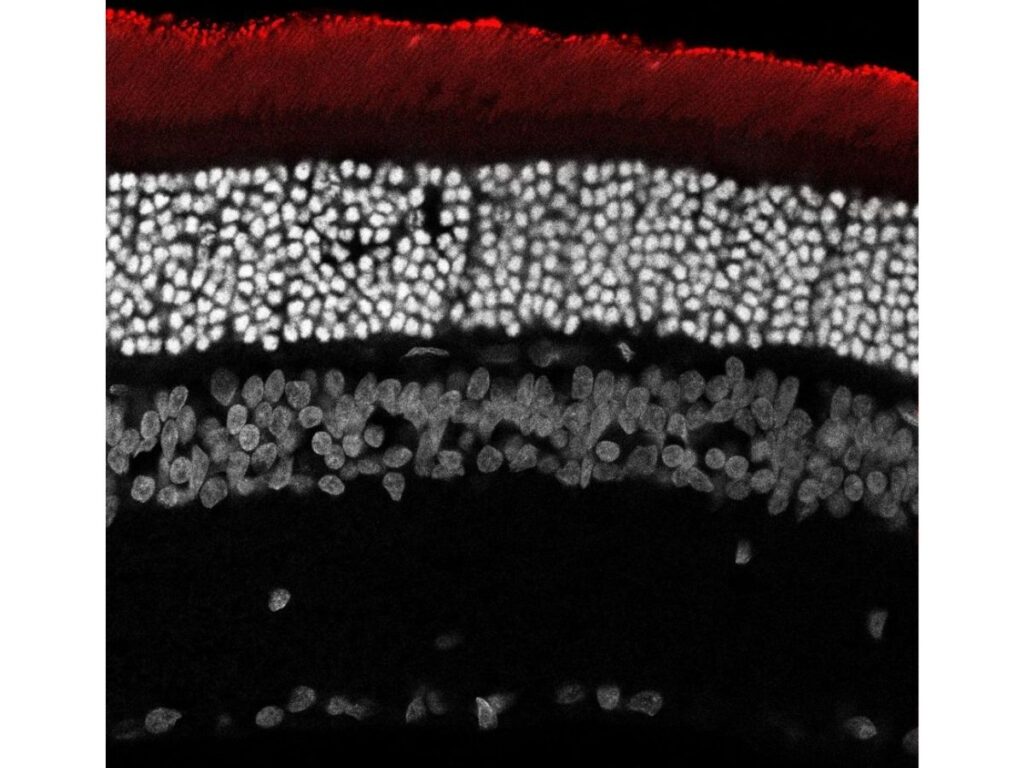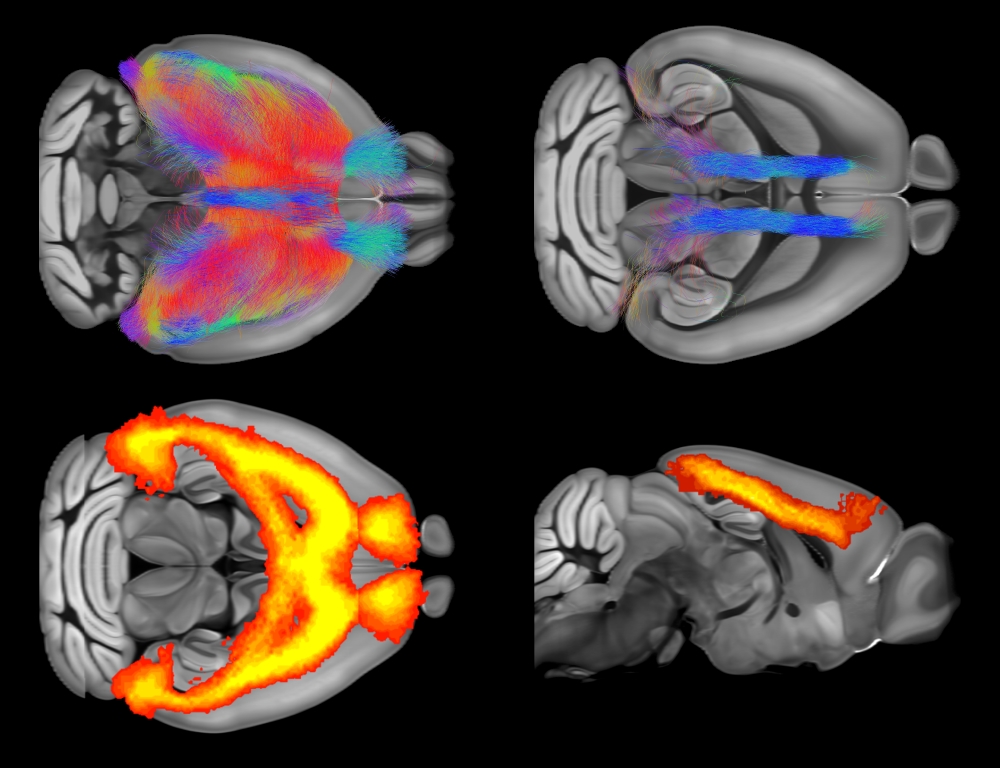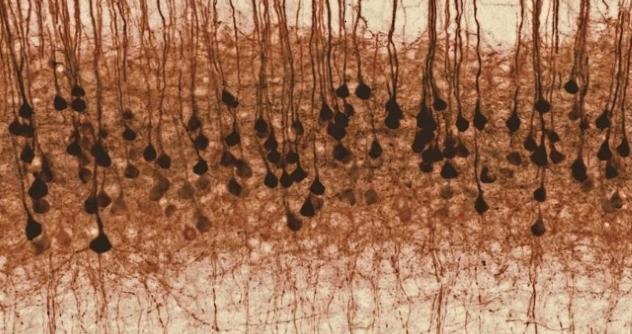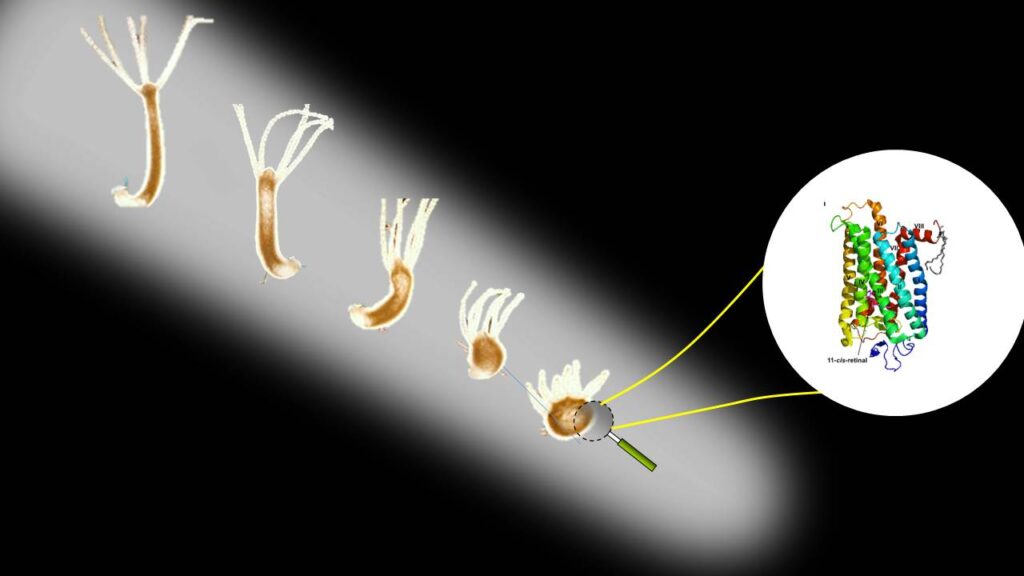A tailored combination of material science and photonics to build low energy-consuming neuronal networks
The EU-funded project NEHO is coordinated by IIT-Istituto Italiano di Tecnologia (Italian Institute of Technology) in Lecce. The project has been financed with 3 million euros for the next 3 years.
NEHO (Neuromorphic computing Enabled by Heavily doped semiconductor Optics) will exploit semiconductors’ properties to create an artificial neuron that can be used to build ultrafast optical neural networks, thus providing a novel and less energy-consuming computational source.
The project will contribute to the transition from electron-based information processing to an all-photon-based solution: in fact, a photon-based system would, in principle, be much faster, and require a fraction of the energy used by current technologies.
When photons interact with the matter, they generate considerably less heat, but due to their nature, the interaction is weak, such that it is very hard to control the photon flow at small scales. Therefore, NEHO researchers will take advantage from hybrid electron-photon quasi-particles, called plasmons, which arises from the interaction of electrons with the light. Plasmons will be produced by using heavily doped semiconductors shone with mid infrared light. Because a plasmon carries both an electron and a photon, one can act on the electronic part, which is generally easier to do, to induce a change on the photonic counterpart. This kind of interaction permits in principle to control the photons at small scales.
The project revolves around the idea of exploiting effects that occur at the surface, rather than the bulk of the semiconductors, as these can be easily modulated by controlling the electron density on the semiconductor surface. Like waves caused by the wind on the surface of the ocean do not require to move water in the deep. This feature will be used to exploit the implementation of a neural network into the development of new machine learning optimization techniques.
NEHO’s ultimate goal is to improve the computational power of innovative technologies, such as those based on artificial intelligence algorithms, and at the same time reduce their energy footprint.
“We could revolutionize the way we process information by developing an innovative photonic integrated circuit platform” – explains Dr. Cristian Ciracì, leader of the Computational Nanoplasmonics unit at IIT in Lecce and NEHO’s coordinator. “This platform leverages nonlinear photon-plasmon semiconductor technology to allow ultrafast and energy-efficient information processing in the mid-infrared range. With this project, we could be entering a new era of information processing that is faster, more energy-efficient, and more flexible than ever before”.
The NEHO European consortium includes Istituto Italiano di Tecnologia (Italy, coordinator), Ludwig-Maximilians-Universität München (Germany), Universiteit Gent (Belgium), CNRS and Université Paris-Saclay (France), Consiglio Nazionale delle Ricerche (Italy).
NEHO website: https://projectneho.eu/




